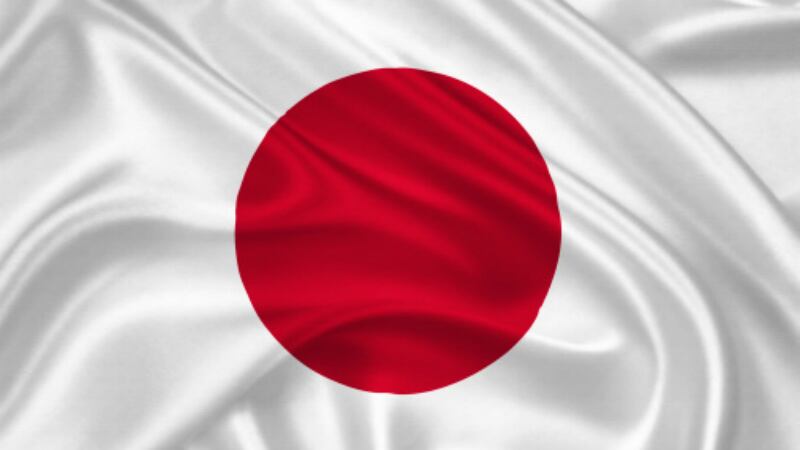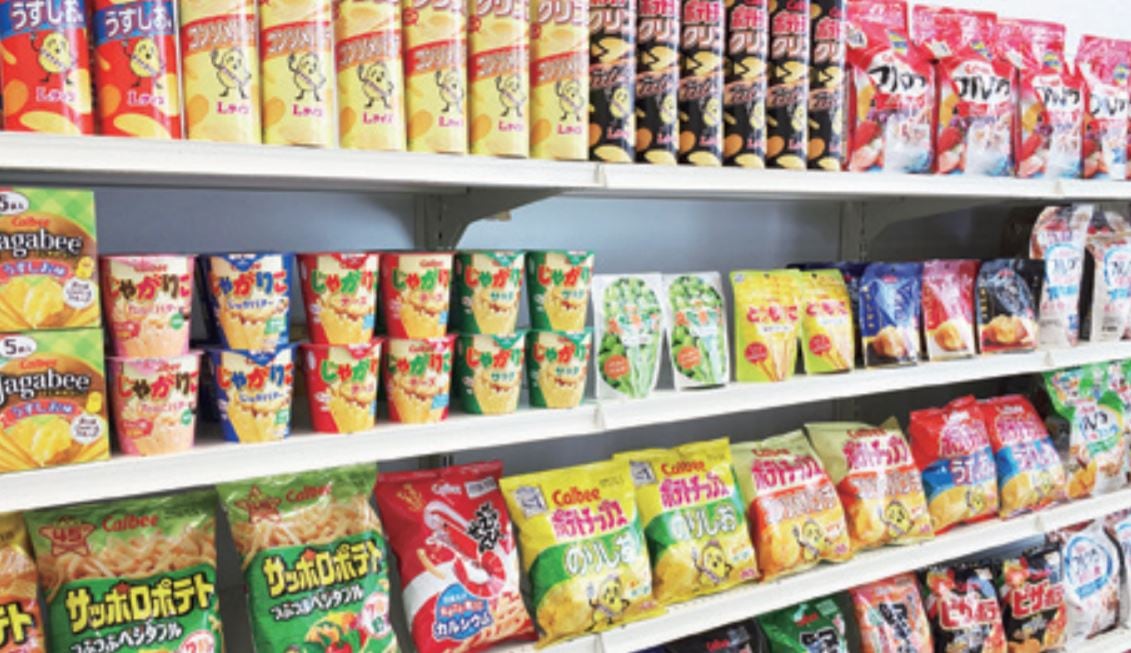The country has been actively implementing and enforcing new strict food labelling standards over the past few years since 2015, with a final cut-off date for companies previously set on March 31 2020 – but the COVID-19 outbreak has thrown all of that into upheaval.
Japanese Prime Minister Abe Shinzo declared a state of emergency in Tokyo and six other prefectures over the rising number of COVID-19 cases in the country earlier this month, giving local authorities power to tell the public to stay at home and close businesses.
Many expect this to be expanded nationwide due to the country’s Golden Week period in late April/early May where a lot of travel occurs. As of April 22, the number of COVID-19 cases in the country stood at over 11,500, with over 280 deaths recorded.
In a joint statement released together with the Ministry of Agriculture, Forestry and Fisheries (MAFF) and the Ministry of Health, Labour and Welfare (MHLW), Japan’s Consumer Affairs Agency (CAA) announced that the enforcement of these standards would be relaxed for the time being in order to allow for companies to adjust to the situation.
“At present, the global spread of COVID-19 is seriously affecting both local and overseas food supply chains, causing the supply of raw materials such as food ingredients and additives to remain stagnant,” said CAA.
“Food-related businesses that had planned to make changes to their raw material supply chains may not be able to immediately respond [with packaging and labelling changes, which] could cause production to be delayed, and may in turn hinder the smooth production and distribution of food.
“As such, when it comes to the labelling of food ingredients/raw materials and so on, any discrepancies between the [label and the actual ingredients used] must be published online via announcements or websites in a timely and appropriate manner, but no crackdowns will carried out for now.”
Changes to any of the following items in the final food product will need to be declared: Raw materials (Both domestic and imported, and for both fresh and processed foods), origin of the raw materials, additives, nutritional content, manufacturer and factory where the product was processed.
Strictly only where necessary
CAA also emphasised that these would only apply to situations where food companies are unable to immediately respond to changes, such as unavoidable switches in ingredient suppliers due to local/foreign ingredient suppliers being unable to provide the ingredients, and any malicious deception would be dealt with accordingly.
“Even if there is a discrepancy between the content of raw materials etc. written on the container and the content of raw materials etc. actually used, if there is a notification, then there is no problem for the time being,” said the agency.
“However, this does not extend to malicious violations aimed at deceiving consumers, violators who try to take advantage of this notice, or situations where the changes are not declared in a timely and appropriate manner. For these, we will continue to carry out strict crackdowns in cooperation with the related organisations.”
That said, food safety related-labelling changes such as allergen declarations, whether or not heating is required before food can be safely ingested, expiration dates and other safe-ingestion directions must continue to be displayed on-label, and will not be exempt nor have regulations surrounding these relaxed despite COVID-19.





